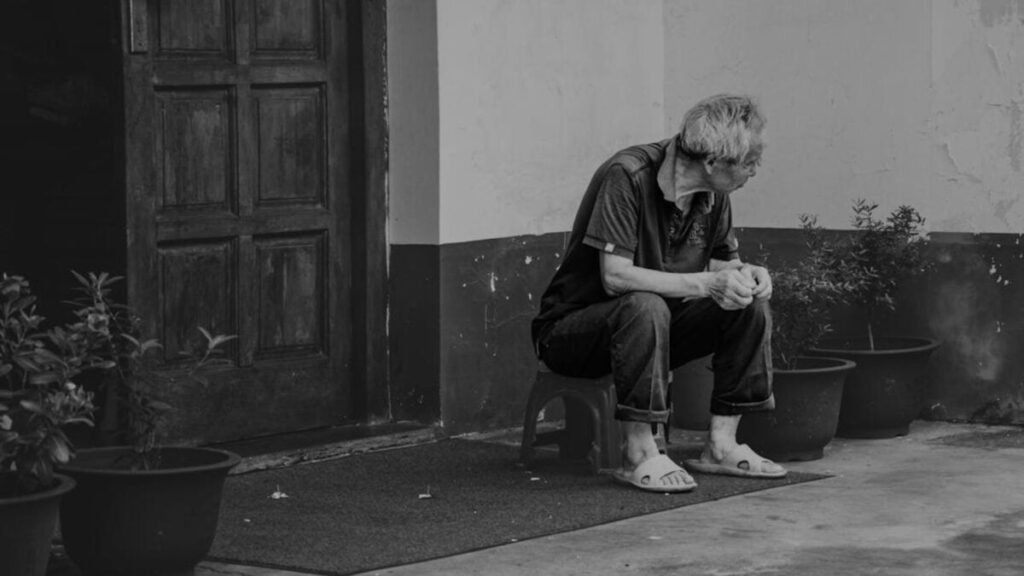Japan is taking a good look at itself: A quiet message of change that can’t be undone.

Japan is facing a new alert: the country has lost nearly a million inhabitants in just one year. This demographic shift goes beyond aging or low birth rates, raising questions about Japan’s national identity.
A Trend with No End in Sight
The data is alarming: for every birth, there are more than two deaths in Japan. This has led to the country’s largest population decline on record, with sixteen consecutive years of decrease. The aging population is putting pressure on pensions, healthcare, and the economy, as the working-age population dwindles.
Failed Policies and Cultural Obstacles
Prime Minister Shigeru Ishiba has labeled the situation a “silent emergency,” with government measures like free daycare and flexible work hours failing to reverse the trend. Cultural barriers, such as traditional gender roles and stagnant wages, discourage young people from starting families.
Immigration as a Partial Solution
While Japan has seen an increase in foreign residents, immigration remains a sensitive issue in a conservative society. Emptying towns and abandoned homes paint a picture of a changing landscape, where cultural shifts lag behind demographic realities.
The Future Approaches Quickly
Japan’s declining fertility rate has become a tangible reality, forcing a reevaluation of economic, family, and cultural norms. Sustaining a shrinking and aging population will require more than just incentives—it will demand a fundamental transformation of societal expectations and structures in the 21st century.







